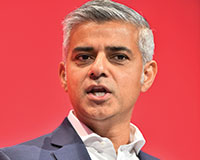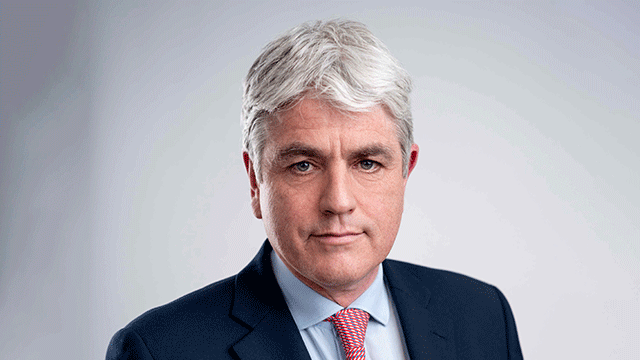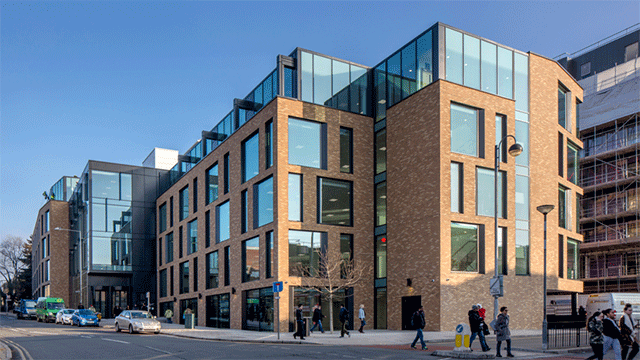The capital needs 50,000 homes per year, rents are skyrocketing and concerns are mounting about the threat to economic competitiveness that the lack of affordability could pose. So it is unsurprising that both confirmed mayoral candidates – Zac Goldsmith for the Conservatives and Sadiq Khan for Labour – have made housing their top priority.
But with a myriad of public and private sector players and interests needed to provide a mixed-tenure solution to London’s housing crisis, how do the pair’s policies stack up?
One of Khan’s key plans is to increase the affordable housing component of new developments from currently negotiable levels to 50%, raising concerns among developers that some schemes might become financially unviable.
“It’s the right thing to discuss, but how does it happen?” says Andrew Allen, head of global property research and strategy at Aberdeen Asset Management. He adds: “The input costs for developers will have to be lower and someone will have to speed up planning.”
Similarly, Khan’s proposals for a living rent, which would cap affordable rents at one-third of a tenant’s income, could deter investors. “Rent caps will thwart delivery as they will deter investment, particularly in the build-to-rent sector,” warns British Property Federation chief executive Melanie Leech.
Goldsmith also wants more accountability in the private rental market, in the form of longer-term tenancies and certainty over rental increases. He wants to do this by building on the existing work of the London Rental Standard.
To get more homes built, both candidates are keen to bring forward land owned by public bodies.
Goldsmith has pledged to build an ambitious 200,000 new homes in his first term, with 50,000 a year on publicly owned brownfield land. He also wants to see London’s 3,500 estates redeveloped as high-density, low-rise developments and to create a pan-London fund to channel international investment into development.
Khan wants to set up a special taskforce within City Hall dedicated to tackling the capital’s housing shortage.
But while the pair will bring fresh ideas to the table, their most realistic policies continue to build on the work already started by mayor Boris Johnson.
While criticised for failing to meet his affordable housing objectives – currently 94,000 against a target of 100,000 – Johnson has done much to speed up the delivery of public land in the capital and encourage new tenures, particularly the private rented sector through the London Housing Strategy.
Sadiq Khan

• Create City Hall team, “Homes for Londoners’’, to tackle housing shortage
• Establish 50% affordable housing target for new developments
• Grant mayoral planning powers to stop “buy to leave”
• Invest “the unspent millions” in the mayor’s affordable housing fund
• Create “London home bonds” and pension fund investment
• Allow councils to be free to invest prudentially in new homes
• Bring forward land owned by public bodies such as TfL for development
• Create a London living rent at a third of average income for affordable housing
Zac Goldsmith
• Build 200,000 new homes across London in first term as mayor – 50,000 a year on publicly owned brownfield land
• Redevelop London’s 3,500 estates into low-rise, high-density developments
• Create pan-London investment fund to channel foreign and domestic investment into development
• Bring empty homes back into the market
• Seek to lengthen tenancies and increase certainty over rent increases, building on London Rental Standard
• Market new-builds to Londoners first before being sold overseas
• Ring fence Right to Buy receipts raised in London to build housing in the capital












